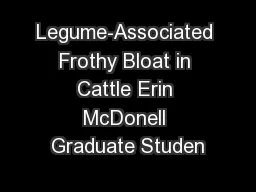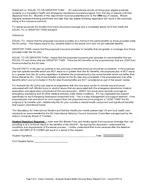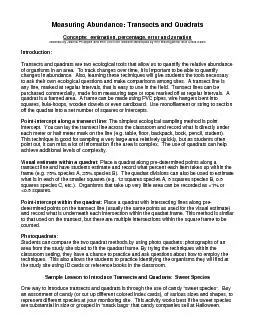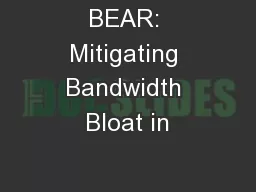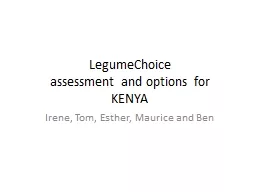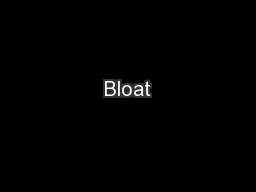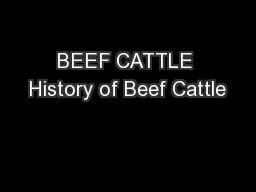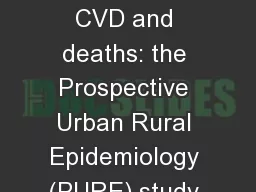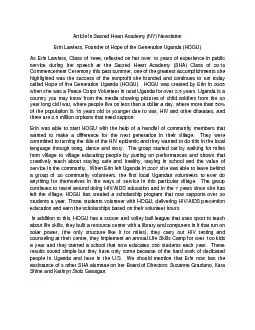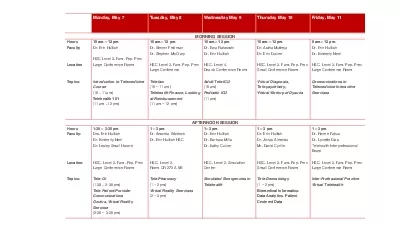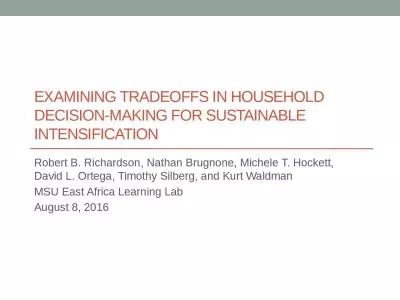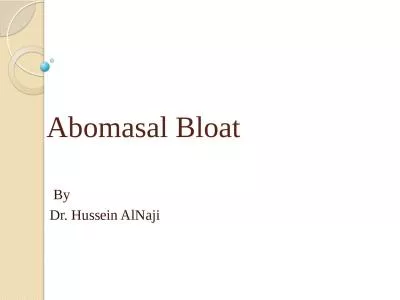PDF-Legume-Associated Frothy Bloat in Cattle Erin McDonell Graduate Studen
Author : test | Published Date : 2015-07-25
2 Figure 1 Layers of ingested material inside of the rumen Figure also shows basic anatomy of the rumenoreticulum including the dorsal and ventral sacs and the reticulum
Presentation Embed Code
Download Presentation
Download Presentation The PPT/PDF document "Legume-Associated Frothy Bloat in Cattle..." is the property of its rightful owner. Permission is granted to download and print the materials on this website for personal, non-commercial use only, and to display it on your personal computer provided you do not modify the materials and that you retain all copyright notices contained in the materials. By downloading content from our website, you accept the terms of this agreement.
Legume-Associated Frothy Bloat in Cattle Erin McDonell Graduate Studen: Transcript
Download Rules Of Document
"Legume-Associated Frothy Bloat in Cattle Erin McDonell Graduate Studen"The content belongs to its owner. You may download and print it for personal use, without modification, and keep all copyright notices. By downloading, you agree to these terms.
Related Documents

